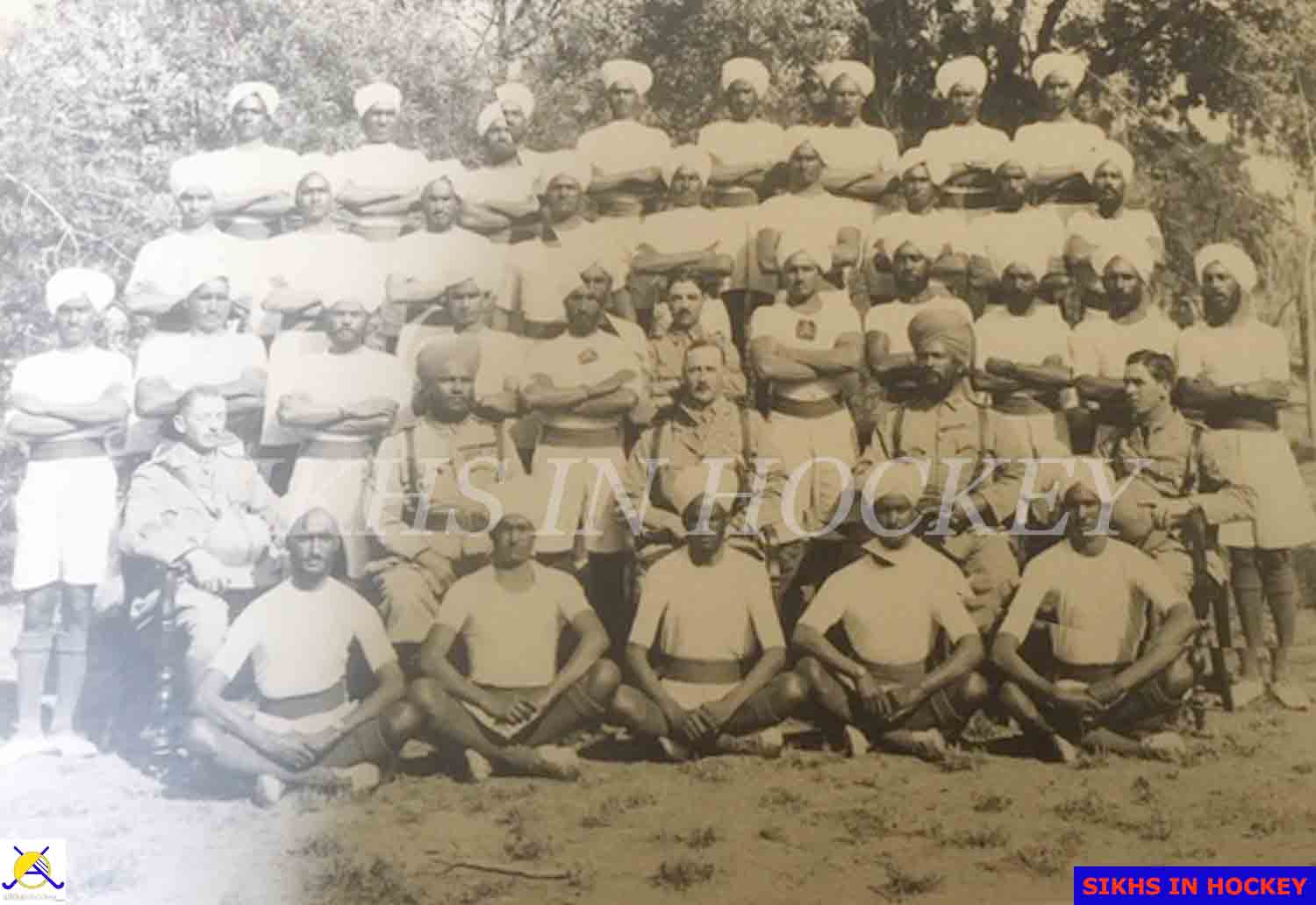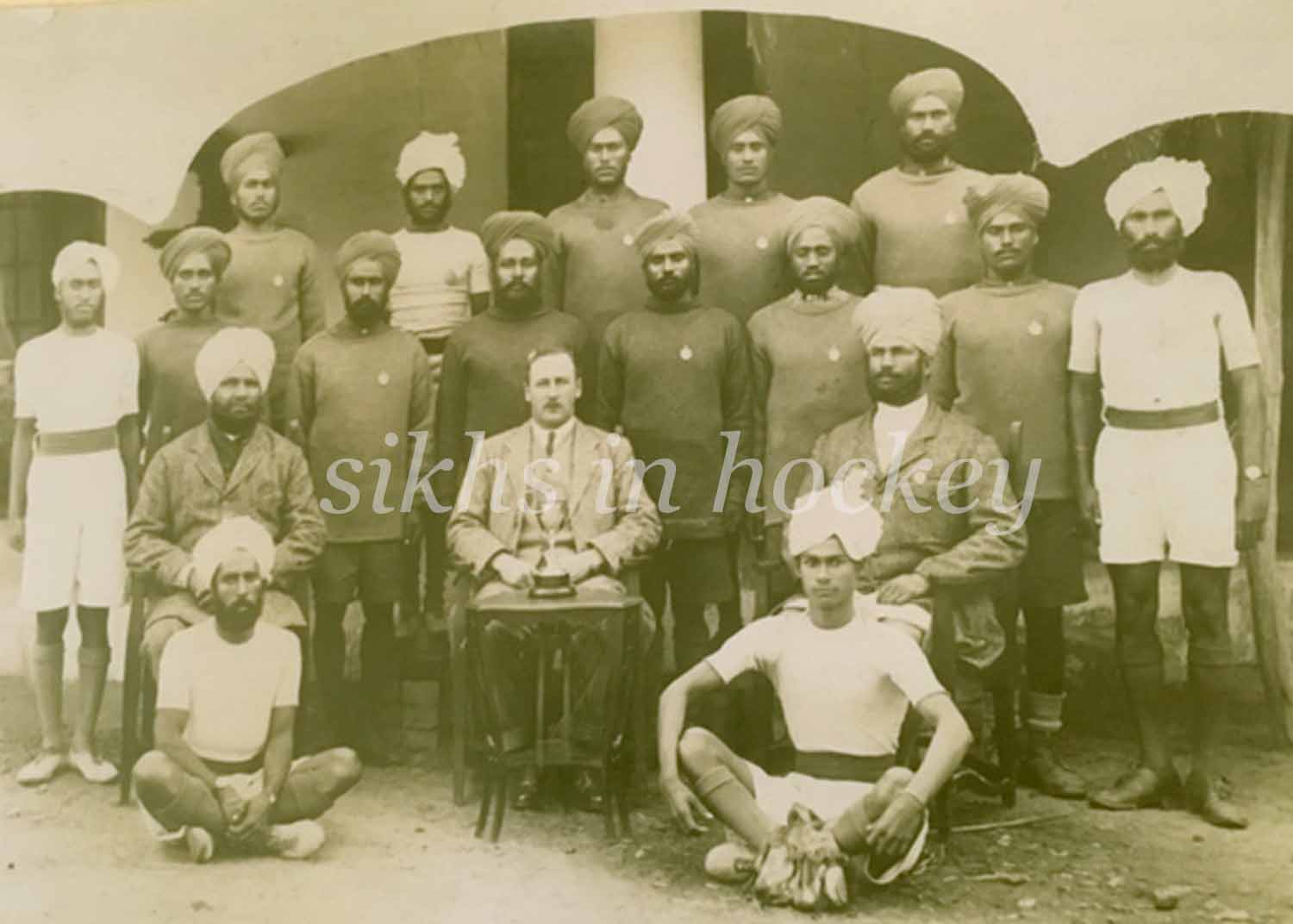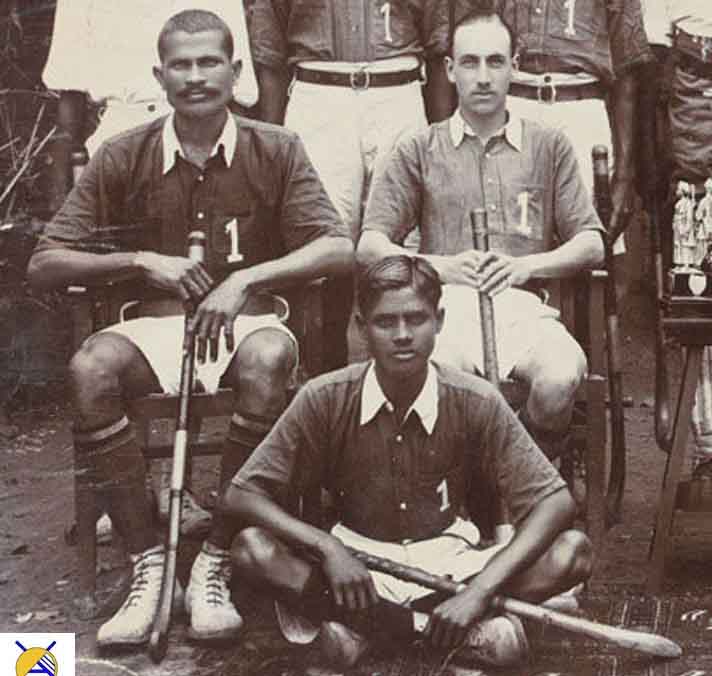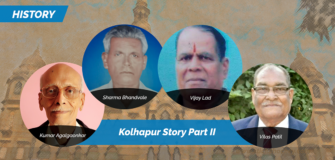ARMY SPORTS CONTROL BOARD INDIA: Its origin and stellar role
ARMY SPORTS CONTROL BOARD INDIA: Its origin and stellar role
Share
The Indian army’s hockey teams have been prominent on the national scene as far as one can remember, be it the National Championship or a plethora of All India tournaments where their units have been regular on the podium.
The most illustrious army exponent to wield the stick was The Wizard Dhyan Chand, doing so from the rank of Sepoy to Major, and, in his wake propagating the Indian hockey magic that was to take the world by storm. The great legacy commenced with the formation of Sports organization in the Army in the early 1910s.
During the British era itself, hockey was a very popular sport in the army with some 130 regiments, fielding two or three teams, playing hockey with much enthusiasm and vigour. At one time almost half the British army was stationed in India just after the Great War (World War I, 1914-18).
The Army Sports Control Board (A.S.C.B.) India was formed in March 1919 in line with the Army Sports Control Board in Aldershot, UK. Its purpose was to promote and supervise sports in the army in India and co-ordinate sports with civilian sides.

34 Sikh Pioneers’ Physical Training Instructors Course, 1919. Photo: Edward Ricketts family collection
With its own officers appointed throughout the channels of command, the Board worked closely with welfare officers and with the Directorate of Physical Training to organise sport in the military all across the country. In 1922, the post of Inspector of Physical Training was instituted. The post holder also became the Army Sports Control Board’s honorary secretary.
Lt. Colonel Bruce Turnbull was appointed as Inspector of Physical Training in 1922. Thus, he has become ex-officio honorary secretary of the Army Sports Control Board India. He had a general interest in all sports but became heavily involved in Indian hockey, both military and civil. While holding the post, Bruce Turnbull was promoted to Colonel midway through next year.
An All India central school of physical training was established at Ambala in winter and the hill station of Kasauli in summer.
Soldiers could play in the civilian tournaments under the aegis of the local association and also play for their army regimental teams under Army Sports Central Board jurisdiction.
The A.S.C.B. (India) had a proper structure in conjunction with the parent body in the UK for umpiring. Candidates appeared for theoretical and practical examinations while progressing, if eligible, from Class III to II and finally to I, each with a year’s duration. A theory paper also entailed offside questions done on a table with ‘Halma’ (little plastic cones) men.
Major Ian Burn-Murdoch OBE of 32nd Sikh Pioneers was appointed Commandant and Superintendent of Physical Training East Command in November 1923 and posted to the headquarters in Ambala in February 1924. Thus he succeeded Bruce Turnbull as President of Indian Hockey Federation, and was largely responsible for selecting the team for the Amsterdam 1928 Olympic Games.
Turnbull represented the ASCB (India) at meetings with the civilian associations and he championed the need for a central association for hockey in the country. Major Edwards Ricketts, also of 23 Sikh Pioneers, was a member of the Umpires Committee (Turnbull and Ricketts umpired at the 1928 Amsterdam Olympic Games).
The Army Sports Control Board India organized the hockey tour of New Zealand in 1926. Not many would have imagined that the tour would have an impact on, not just Indian hockey, but also on the sport worldwide. And that the expedition to the antipodes would reveal a player worshipped by the sport as the best ever of all time.

Ambala Brigade Inter-Unit Sports Day, 1919 Photo: Edward Ricketts family collection
Brigadier General A.T. Anderson, who had earlier served in the Indian Army, wrote the following about hockey in India, in the Hokitika Guardian (Australia) on 28 July 1926:
‘The regimental teams showed the greatest keenness and enthusiasm for the game, and the interest displayed at an inter-regimental match was a sight to remember. The officers, N.C.O.’s and sepoys of each regiment would turn up en masse, and give way to a delirious excitement compared with which even the scene at our G.P.S. lamb races fades into insignificance, but I can never remember any unpleasant incident or unsportsmanlike behaviour’.
‘One of the most stirring things I have ever seen is the match of the 15th Sikhs from the top of the Malakand Pass to the plains below, on their way to watch a hockey match between their team and one drawn from our two mountain batteries. It was not a parade, and the men were not in uniform but the whole battalion put themselves into “fours,” and swung down the hill singing with all the strength of their lung an old arid well-known Indian song called “Zakhmi Dil.” The tune is one of the very few Indian airs that a European ear can understand’.
‘Zakhmi Dil’ means ‘the wounded heart’, but anything less suggestive of a wounded heart than the boisterous melody as sung that day could hardly be imagined. The effect was tremendous, overwhelming. Whether we won or they, I have long since forgotten, but I do remember taking one of my opponents, a splendid and dignified Sikh officer, into the mess after the game for a little refresher”.
Hockey was very popular in the army circles and was of good standard. However, Bruce Turnbull, who had watched, played and umpired international level hockey in England and Scotland had said:
Dhyan Chand (sitting), 1923
“I know of only one Indian who would find a place in a national side, and he is Dhyan Chand of the 4/1st Punjab Regiment, the centre-forward who scored over 100 goals for the Indian Army in New Zealand. His ‘selling the dummy’ must be the envy of many a rugger player”.
‘I would here just like to mention four army teams which have done a very great deal during the past 20 years towards raising the standard of both civilian and army hockey. These are The Royal Sussex Regiment, The Royal Munster Fusiliers, The 33rd Punjabis and The 47th Sikhs. For many years before the war all four teams could be relied upon to play consistently first-class hockey, and I would like to pay a tribute to the late captain “Mango” Brown of the 47th Sikhs, to whom a great deal of credit is due for his untiring efforts to raise the standard of hockey in India.’
There is no doubt that The Army Sports Control Board had a key part in developing hockey in India leading to the formation of the Indian Hockey Federation. Subsequently, be it colonial India or after Independence, Army Sports Control Board in India blossomed into a provenance of legendary hockey players. The Services team, which pooled hockey talents from Air Force, Naval and Army shone both on the domestic and national scene. Triple Olympians Shankar Laxman and Hari Pal Singh, winger RS Bhola, Balbir Singh Jr, Col Balbir Singh, Padamshree Ignace Tirkey etc are products of the Services team, to name a few.




Interesting and revealing research. There is a lesson for present generation too: sports is part of physical education. Even one doesn’t take sport. Doing physical exercise is vital for quality life. The article is accurate on any things, like the way everything is portrayed
Natarjan, thank you for your comments. You are right to highlight the importance of Physical education.
Good work, informative. Enriches knowledge.
Thank you Rohit
Great news that the British Army Officers organised and promoted hockey in their regiments and around India. A different way to improve the fitness of the soldiers. Good to see that the Army has kept on to produce so many International players
Thanks Surjit. You are right that the Army has produced many internationals, not only in India but world wide.